Expedition to a Haunted Landscape
Follow our team as they traverse Lake Powell from north to south, 83 miles by sea kayak, viewing what many feel is a haunted landscape.
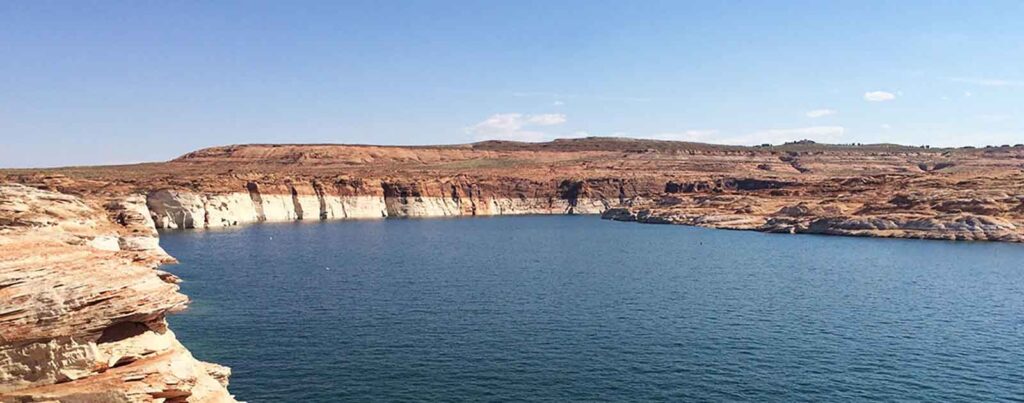
I have been lucky to visit so many natural treasures across this country, which, when their given names are spoken, conjure up singular images about the place. Grand Canyon, Washington Monument, the Everglades, Zion, Nebraska – when you hear those words spoken, an image flashes across your mind that tells the story of that place in a second. But in the minds of many, the hearing the words “Lake Powell” can spark a diverse collection of thoughts, emotions, and reactions.
Contrasts explode through the mind like a 4-year old in a bouncy castle.
To some, Lake Powell is deemed Lake Foul, and a kinder term for the place does not exist, especially among those who experienced the grandeur and sublimity of Glen Canyon before it was flooded in the 1960’s to supply cheap air conditioning to Phoenix. With others, the name draws images of sun and splashing, of bikini’s and jet-skis and three-season motorized fun. To a few, Lake Powell is a symbol of what is wrong with humanity, and our need to control and confine nature.
Amid those contrasting opinions of the second largest reservoir in the country, Lake Powell has a purpose that touches nearly all of the 36 million people who depend on the Colorado River. Like it or not, as we have become more dependent on water storage in the West, Lake Powell is the one place that helps out states like Colorado, Utah, Wyoming, and New Mexico like no other. Without the existence of Powell, a number of other rivers in those states would be more heavily dammed and diverted – sacrificed for storage and certainty, rather than flowing and in most cases, naturally wild.
It is in this cloud of emotions, and declining lake levels due to lingering drought and overuse of the Colorado River, that a team of five adventurers is setting out this week to experience, contemplate, and capture on film some of the broad horizons and hidden wonders being revealed as water levels drop. In July, I visited the area around Antelope Point at Page, Arizona with a film crew from the Tzu Chi foundation, and we made a short film about water supply and the native people who depend on the Colorado River in Arizona. Again in September, I visited Wahweep Marina and the Glen Canyon Dam in Page with the crew from CNN’s The Wonder List, shooting an hour-long show about the Colorado Basin that will air in February, 2016.
This time, our team will be traversing the lake from north to south, 83 miles by sea kayak.
We’ll be paddling from Hall’s crossing in Utah to Antelope Point over 10 brisk December days. Kayak Lake Powell is setting us up with boats, gear, and logistical support, although they are likely scratching their heads about why we would choose the dead of winter to launch this trip.
Writers Brendan Leonard and Hilary Oliver, photographer and film maker Forest Woodward, adventurer and pro skier Kalen Thorien, and I will launch our 17-foot crafts and begin the journey south, exploring features like Iceberg Canyon, Cathedral in the Desert, Music Temple, and Dungeon Canyon over 9 days.
Many features won’t be immediately obvious, and others we may only see their tops – like headstones dotting a 50 year old graveyard – but even knowing that we are bobbing along above some of these lost treasures will invoke the imagination of what is below and was submerged as the waters ascended the canyon walls a half century ago.
Stories and photographs from this trip will grace the pages of Canoe & Kayak magazine in the spring, which is super exciting. We would also like to thank NRS, Smartwool, and Revo Sunglasses for their support of this adventure.
Here’s to warm days and crisp nights!
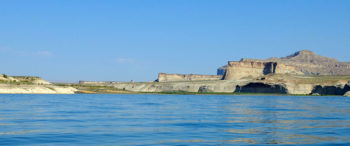
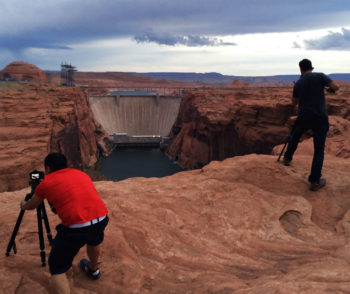
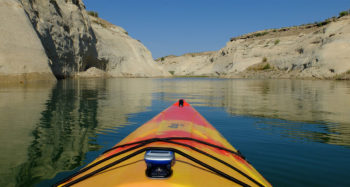
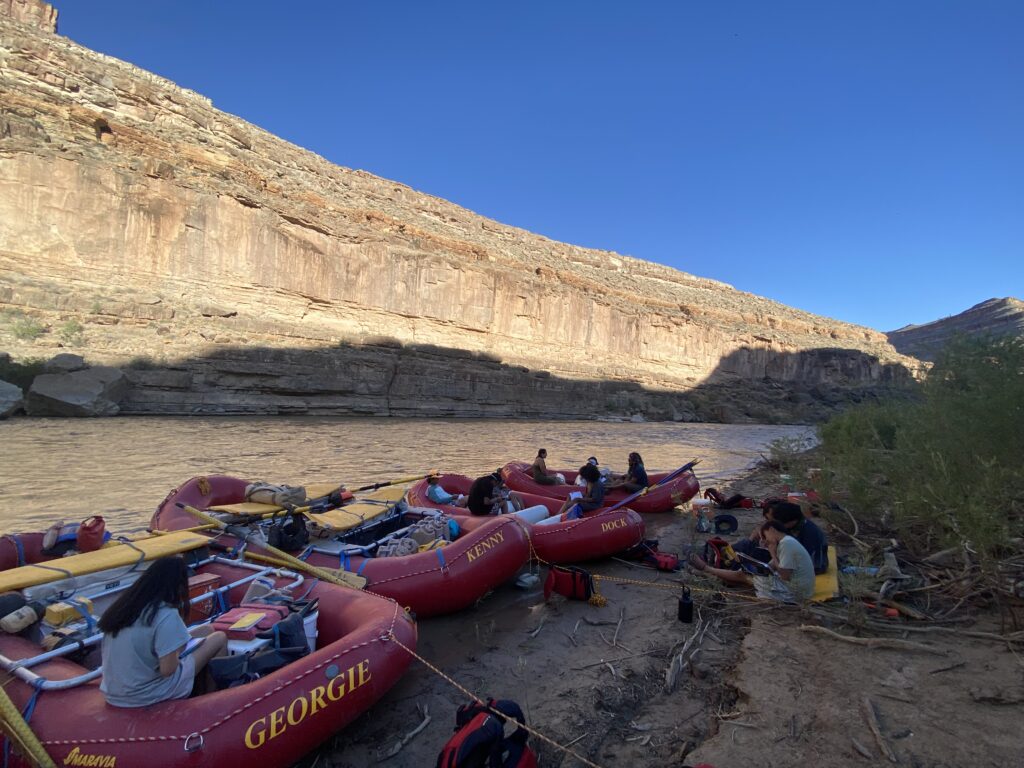
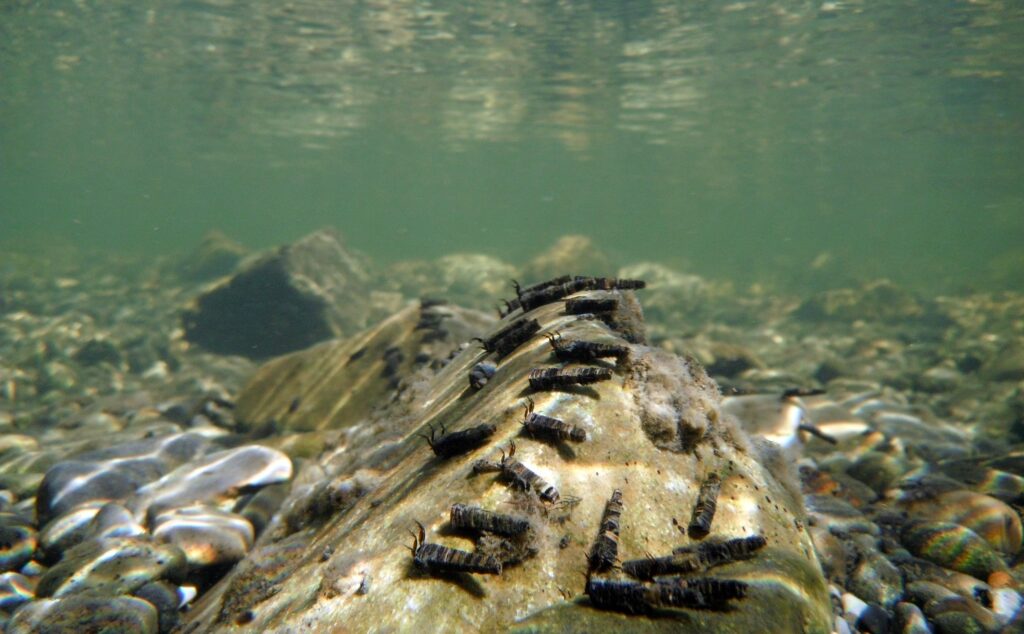
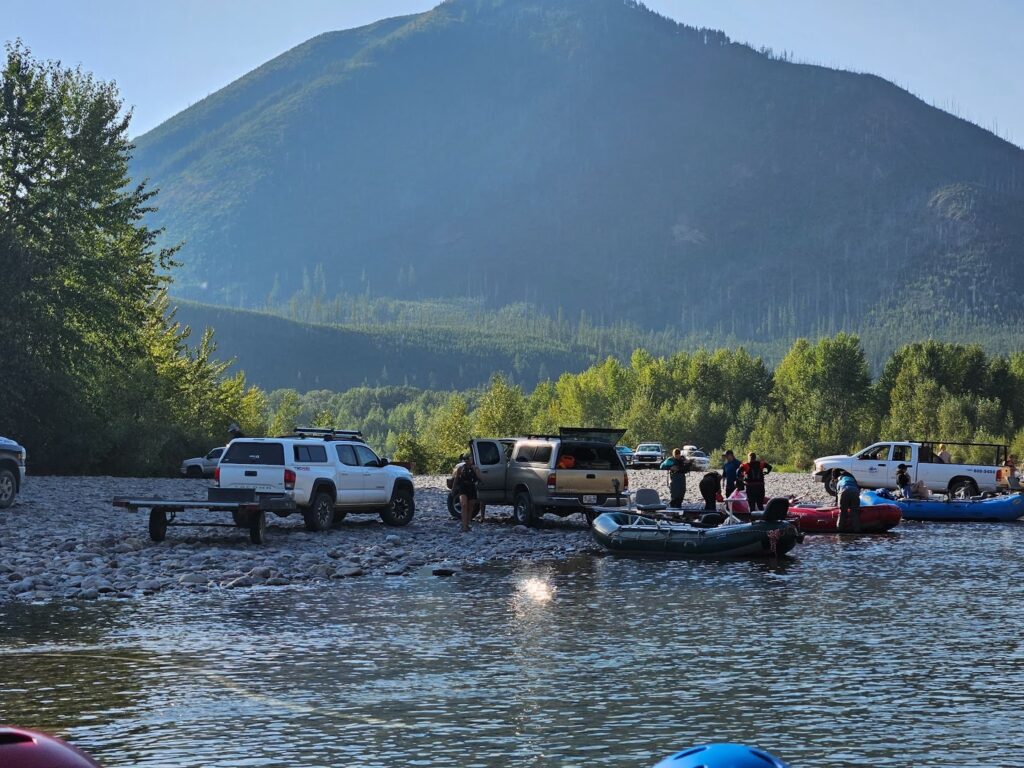
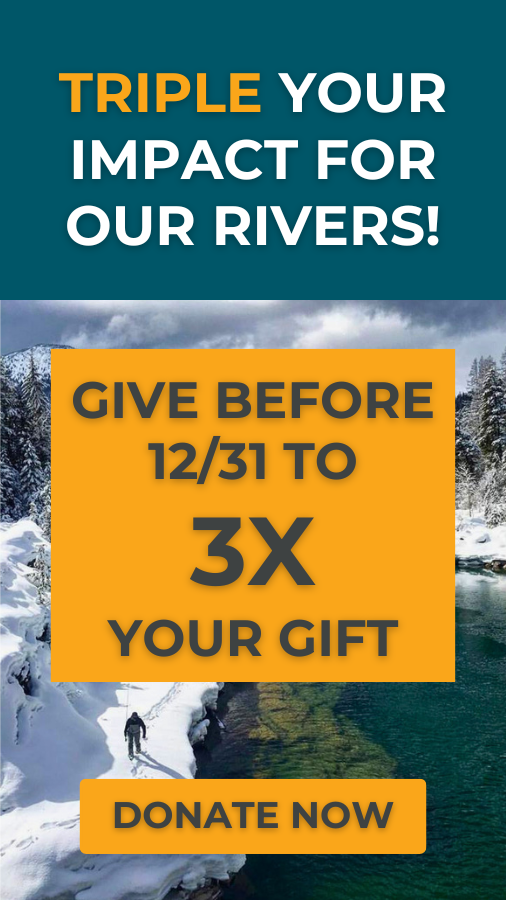

2 responses to “Expedition to a Haunted Landscape”
Hi Juda –
Thank you for your note, and thanks for visiting the American Rivers website and reading my blog. I am glad you are going to get to go and visit this place, and experience one of the most compelling stories in the west. You and your family will have a great time (and depending on when you are planning to go, it could be HOT, so be prepared!)
With regards to your question – Being on a houseboat in Lake Powell is probably one of the safest recreational experiences I could imagine. You are literally on a big floating house, on a flat lake, with nothing but desert for miles around. The bugs will be minimal, but the sun will be hot – so take care of yourselves and hydrate early and often – and LOTS of sunscreen!!
Sleeping on the roof of the houseboat would be an awesome experience, since the stars out there are incredible – just don’t sleepwalk, since the Lake is about 250 feet deep in some places (and very shallow in others, so be sure to check out the depth before performing any high-altitude cannonballs!)
Some people think of Lake Powell being “haunted” as I describe in the article, but I am referring to what was formerly a river now being a big lake. Some people might view that as a graveyard – but not literally, of course, and to others it is an amazing playground.
In terms of the forest – take a look at the photos in the article. There are no trees, anywhere near Lake Powell. The closest would be on the slopes of Navajo Mountain, which is probably a dozen miles away across raw, naked sandstone. The landscape around the lake is sheer sandstone walls, miles of slickrock flats and canyons, and sandy beaches tucked into steep alcoves. No forest critters to worry about whatsoever.
Enjoy your trip!